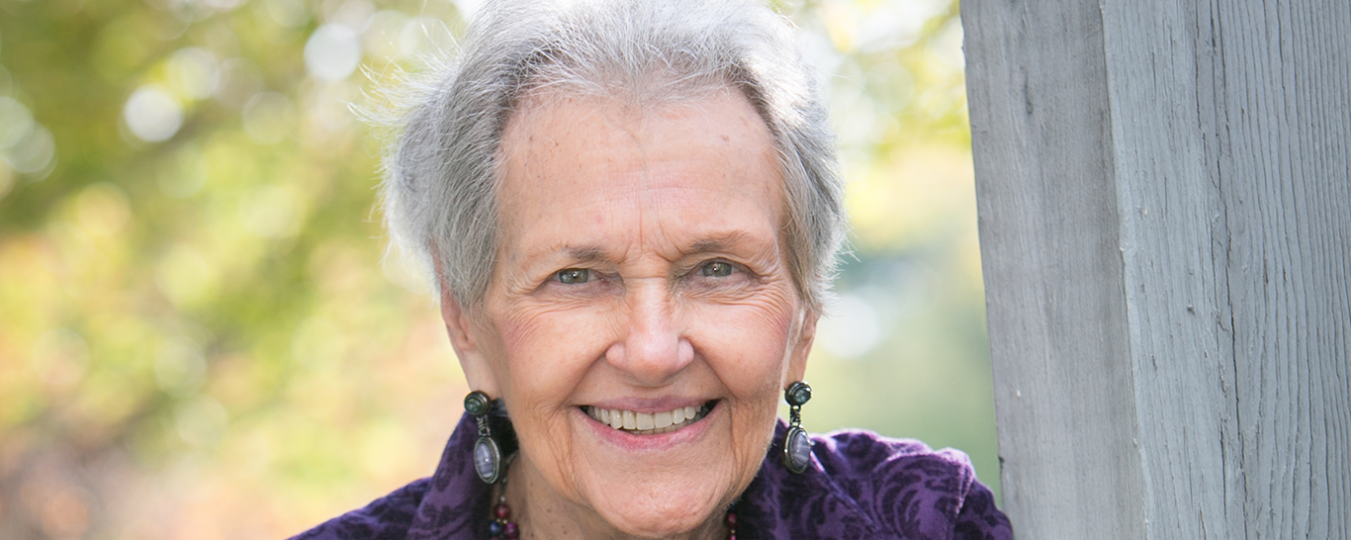Brenda Rossi’s Breakthrough Aortic Valve Replacement
When Brenda Rossi told her primary care doctor about fatigue that had been plaguing her for weeks, she never expected her heart was the cause, or that the situation was dire enough to land her in the emergency room. She also never expected to become the first person in the United States to undergo a transcarotid valve-in-valve TAVR (transcatheter aortic valve replacement) procedure.
“I kept feeling tired and was very weak,” says Rossi. “Everything was an effort. I told my doctor about it during my annual physical, and he said, ‘Brenda, you need to go to the hospital; your pulse is 120!’ ” Rossi recalls.
That trip to the emergency department of her local hospital and subsequent testing revealed the toll her hypertension and other cardiopulmonary issues had taken. Rossi was experiencing congestive heart failure related to valvular heart disease, her pacemaker was failing, and the aortic valve replacement she received 15 years earlier had degenerated. The result for Rossi was aortic stenosis in which the valve at the top of the heart, which controls blood flow being pumped to the rest of the body, becomes extremely tight, forcing the heart to pump harder and resulting in some blood going backward through the heart. Without surgical treatment, aortic stenosis patients survive about two to five years after symptoms present.
Rossi’s cardiologist recommended she seek the expertise of the team at Rutgers Robert Wood Johnson Medical School, part of Rutgers Health, and its principal teaching hospital, Robert Wood Johnson University Hospital. Their additional tests and examinations confirmed that Rossi needed another aortic valve replacement—and time was of the essence.
Rossi originally had traditional open surgery to replace her aortic valve in 2000, but that option was no longer viable nor were some of the more traditional access routes for TAVR, one of the newest modalities for treating aortic stenosis, says Leonard Y. Lee, chief of cardiothoracic surgery at the medical school.
TAVR—a procedure that enables specialists to replace the aortic valve using fluoroscopic-guided, catheter-based technology—is performed by making a small incision into an artery and then feeding a catheter with a tiny balloon at the end of the tip through the artery to the aortic valve. The balloon is inflated to push the damaged valve open, then deflated and removed. The new replacement valve is delivered the same way, placed in position in the middle of the old valve, and begins working immediately.
Taking a Novel Approach
Rossi’s issues put her in the unique position of being the first person in the United States to undergo a transcarotid valve-in-valve TAVR procedure—that is, inserting a new replacement valve through an incision in the carotid artery at the neck, with the frame of the degenerated replacement valve acting as the anchor for the TAVR valve.
TAVR procedures in general are not unusual, notes Zoltan G. Turi, associate director of the division of cardiovascular disease and hypertension at Rutgers Robert Wood Johnson Medical School and director of the Structural Heart Program at Robert Wood Johnson University Hospital. Since November 2011, more than 50,000 procedures have been performed worldwide.
However, valve-in-valve (i.e., a new artificial valve inside a previously placed surgical valve) procedures are quite uncommon, and use of the transcarotid approach is extremely rare, Dr. Turi says. Only about 20 transcarotid procedures have been performed nationally—two of them by Robert Wood Johnson specialists. Until Rossi’s surgery in June, no transcarotid procedures had involved a valve-in-valve replacement. As a result, the procedure requires highly specialized expertise and what has been described in cardiac interventions literature as “a truly dedicated TAVR team approach.”
Expanding Availability of Treatment
While surgery is still the procedure of choice for relatively healthy individuals in need of aortic valve replacement, the availability of TAVR and the ability to offer patients a transcarotid option here further expands the number of individuals who can receive lifesaving treatment, says Dr. Lee.
“We can offer the full spectrum of care related to the aortic valve, including standard surgery, two different kinds of minimally invasive surgeries, and several different kinds of TAVR procedures,” says Dr. Lee. “We can really tailor the treatment to the patient’s needs and overall medical condition. There is almost no circumstance in which we can’t treat a patient now.”
As for Rossi, she has been pleased with the outcome. “At first I was weak and couldn’t do much, but now I’m getting my strength back,” she says. “There may be times when I get tired, but I’ll sit down for a few minutes and will be fine. Little by little, I’m getting better all the time.”

